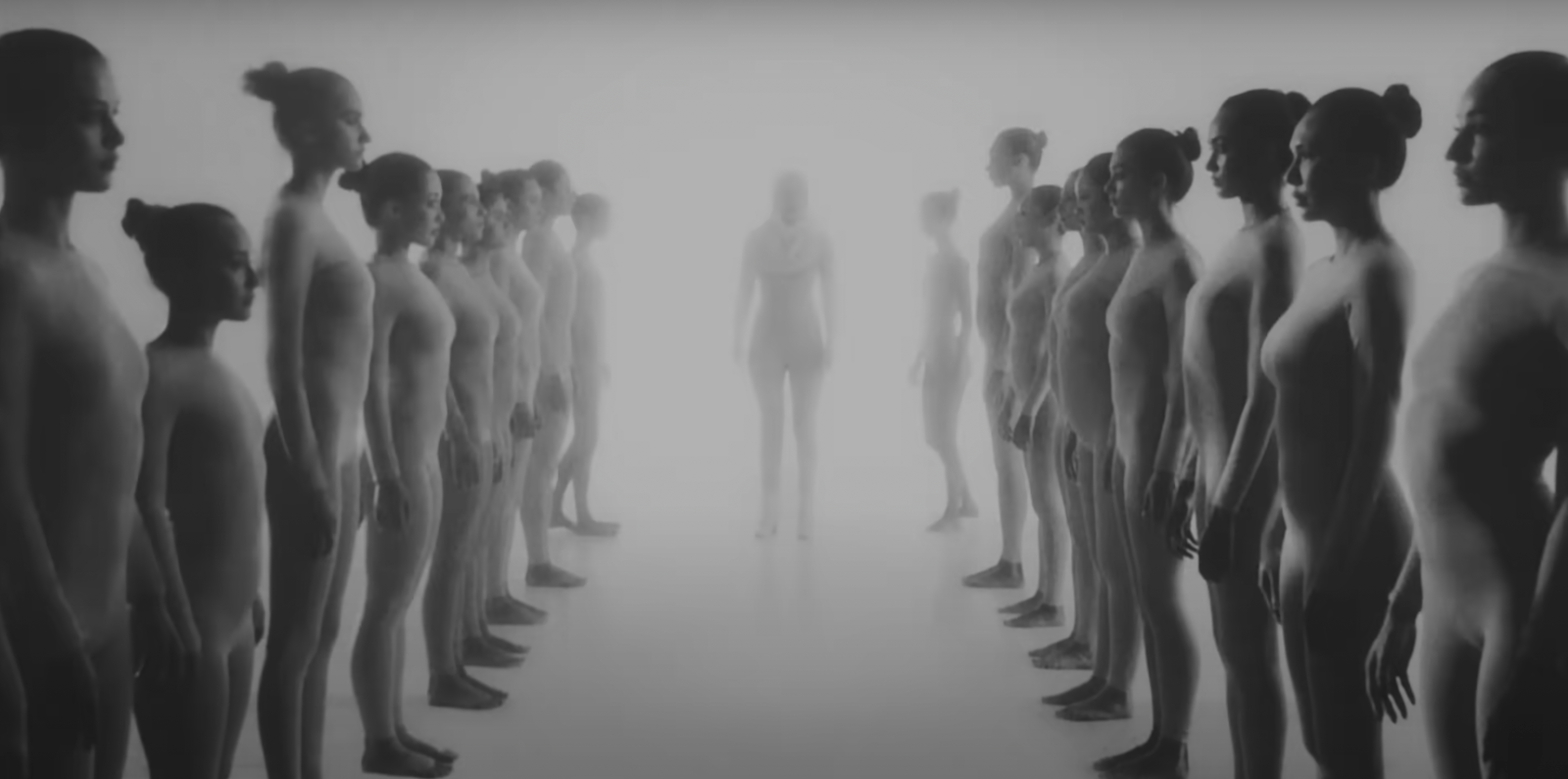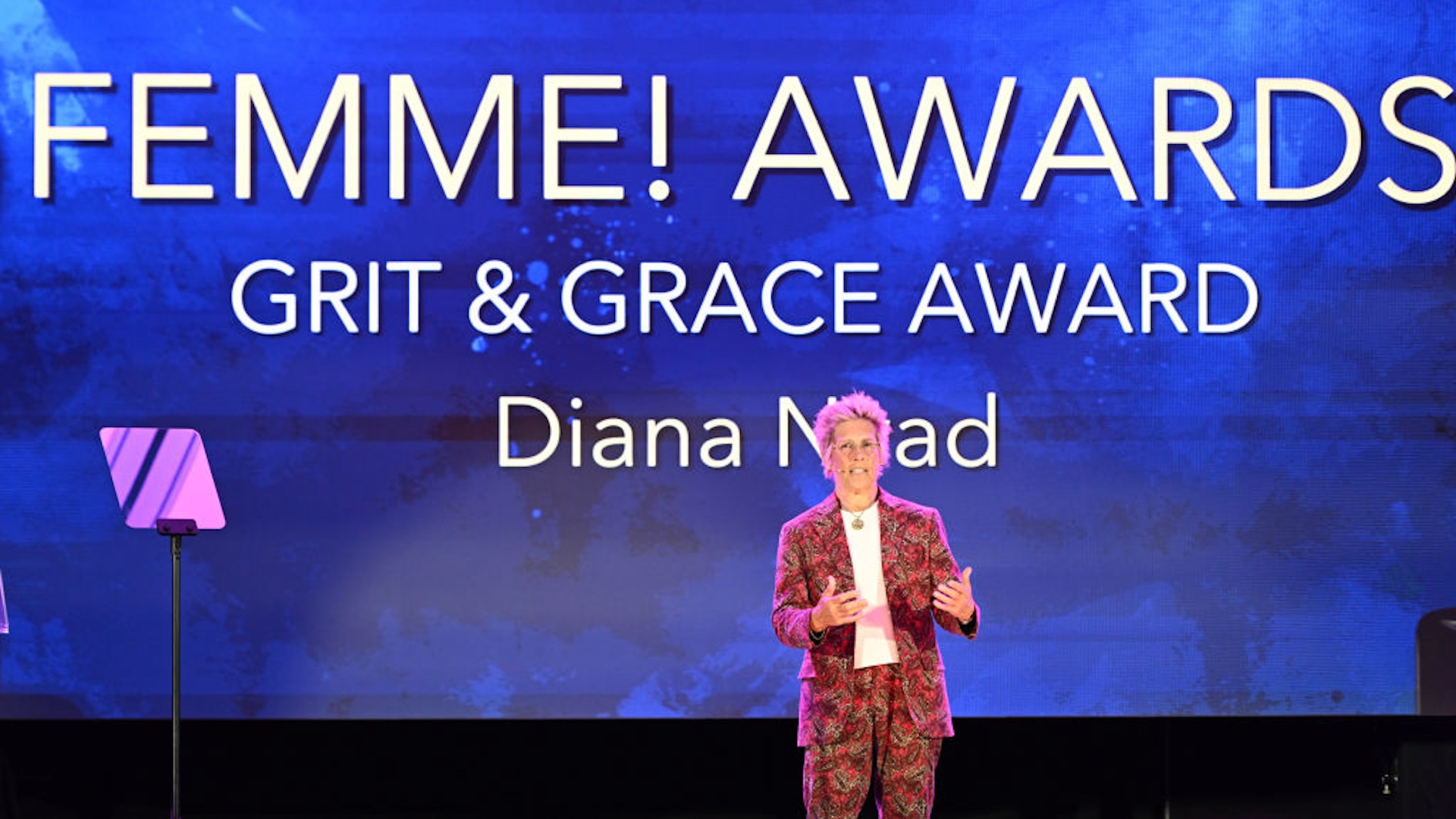Cinema has seemed, for a good while now, quite dead. Or dying, perhaps. It’s really a feeling, more than a fact. Because the fact is, there are more movies being produced than ever, and from more far-flung corners than ever. But as the Hollywood business model proves itself increasingly unstable and audiences find entertainment and art in other forms and venues, it’s clear a serious shift is occurring. As masses turned out in droves for Barbenheimer, many proclaimed victory, the turning of the tide. See! Original films, bristling with creativity and impressive craft, dominating the global box office. Pay no attention, though, to one of those films being a decked-out toy commercial, and the other a big-budget movie with massive marketing heft around a director who’s made himself one of the last steady brands in the industry. Granting their quality, we are still left to wonder, is this all we can hope for? Is there no alternative?
Indie film has often been viewed as that alternative, but indie is a designation related only to financing and production, in opposition to the major Hollywood studios. Rarely do those films evince a sense of true independence from the market, from commercialization necessary to sustain the expense of filmmaking in America, where public funding of art is next to non-existent. Is Get Out, a film distributed by Universal under an overall deal with Blumhouse Productions, and which won the Independent Spirit Award for Best Film in 2018, truly an independent film? Is Spotlight, or 12 Years a Slave, or Silver Linings Playbook, or Nomadland? Or are these simply normal films that studios might once have produced internally, but these days aren’t worth it for their bottom line when billions could be made on superhero fare.
This week sees the theatrical premieres of two American films that no one could confuse for anything other than independent. Divinity is the second feature-length film from Eddie Alcazar. Once Within a Time is the new 52-minute short from Godfrey Reggio, the legendary director of Koyaanisqatsi. Both films, distributed by different outfits (Utopia and Sumerian for the former, Oscilloscope for the latter), have two important things in common: they were each financed by Steven Soderbergh, and they are both unlike anything you’ve ever seen. They are the alternative.
In Divinity, Stephen Dorff stars as the son of a scientist turning his father’s quest for immortality into a twisted nightmare of body horror and ugly masculinity. Shot on black-and-white 16mm film, with a style reminiscent of silent cinema, Eraserhead, and the works of David Cronenberg, the film features psychedelic sequences, stop-motion, video game-inspired fight sequences, and more. Alcazar’s film exists far outside the mainstream and by the grace of a filmmaker who has seen fit to actually pay it forward.
“It's surprising me sometimes what actually gets accepted and what the audience is gonna like,” Alcazar told me. As a director, he has no illusions. Divinity is hardly about to be the next Oppenheimer, or even the formally playful Everything Everywhere All at Once. It’s an often mystifying experience, occasionally abrasive, and challenging in its style. “I never really think of the audience,” he said. This is art requiring something of its audience, a willingness to venture into territory not commonly found at the movie theatre.
“I think the big thing is when it's so lopsided, right? I mean, when you have a lot of these franchise films and big-budget, safe films that take up like 90 percent or so of the market, right like that,” Alcazar said. “That's kind of a problem, I feel. You need diversity in what people create. It can't just all just be safe stuff. It's cool to have some of that, you know, and I like some of it as well, but I hate the fact that it's all we see these days.”
The push against mainstream comfort is also found in Once Within a Time, a kaleidoscopic children’s tale, which Reggio has described as bardic and exploring. The film features no dialogue, and is about the relationship of people to technology, a regular theme in the director’s work going back to the start. Unlike Reggio’s most famous films, Koyaanisqatsi and its “sequels” Powaqqatsi and Naqoyqatsi, his latest work takes on the mode of silent films by the likes of Georges Méliès, and Canadian surrealist icon Guy Maddin. Set once again to music by Philip Glass, as well as Sussan Deyhim, the film centers on children moving through a dystopian world painstakingly crafted in miniature, on an epic journey toward, perhaps, a new future.
To speak with Reggio is to enter a unique space where references to Baudelaire and Wittgenstein and the Buddha abound, and where art is more than just entertainment. “As Octavio Paz says, all meaning is in the form. There's much more in it than you think you put into it,” he told me of his intuitive approach to filmmaking, while lighting up another cigarette (he smokes a pack a day). How an audience reacts is similarly open, in Reggio’s mind. “You put a frame around something, everybody sees a different picture. That's what art is, art has no meaning. But it can be meaningful.”
At 83, Reggio is among the rare artists who can say they have crafted a world unto themselves, unbound by concerns for the mainstream, focused intently on a singular vision, but welcoming at the same time, always open to questioning and exploration. Perhaps that explains the enduring appeal of his work, and even Koyaanisqatsi’s surprise success at the art house in the early ‘80s
It’s tempting to deem films like Divinity and Once Within a Time “experimental” or “avant-garde” or “outsider.” They’re films that approach narrative sideways, focusing first on form, on the experience of that form, in an effort to take an audience beyond the realm of anything easily described in words. “When our language no longer describes the world—Wittgenstein says, 'the limit of my language is the limit of my world'—we see the world through language,” Reggio explained. “So our language is no longer describing the world. The Chinese proverb says, 'In a time of maximum social crisis, the single most important thing is to rename the world you live in.' So this is an act of renaming the world.” Both he and Alcazar are attempting that renaming through art, through abstraction. And while that may be the sort of thing people expect to find at a modern art museum, finding it at their local cinema is an aberration, if they’re even so lucky.
Last year, a fluke of festival interest and online piracy led the Canadian experimental horror film Skinamarink to a box office take of over $2 million, on a budget of just $15,000. The Outwaters, another experimental horror film made for a similar budget, also found a small but passionate audience just months later. Alcazar also cites the $15 million earned by the Indiegogo-funded horror sequel Terrifier 2—not exactly experimental, but boundary-pushing in its violence—as being part of the trend. Horror films occupy a unique space in the theatrical landscape, drawing in rabid fans of the genre always on the hunt for the next thrill, but within the larger scope of contemporary cinema, they also hint at a yearning for meaningful opposition to a stale cinematic culture.
That yearning extends to filmmakers themselves, Alcazar said, noting that his sound designer on Divinity is Mark A. Mangini, a two-time Oscar-winner for Mad Max: Fury Road and Dune: Part One. “He doesn't ever do these types of films,” Alcazar said. “And I think that's what excites me, is somebody at that level with that experience, what would happen if you don't give him that many rules?
"I think that's the reason that they also work with me. I think it’s getting tiresome to work on these big commercial things. For a lot of people, a lot of the actors, they just want to do something different, because everything's becoming very formulaic. This type of film kind of goes against that. And I think it becomes more collaborative in that way.”
The collaborative experience of making Once Within a Time into a reality was similarly edifying. With “a big crew of average age 27,” Reggio brought his ideas to life using a wide array of cinematic tools, from elaborate miniature models to digital visual effects, along with decontextualized footage captured for his previous films. Like in Divinity, much of the work involved digital-era updates to near-forgotten film techniques. “When films were originally made, it was usually 100 women that did each frame hand by hand,” Reggio said of his film’s color process. “We did that digitally, rather than press the button where you can have it all, but you get the imprint. So that's why there's a little jerk in the film, and different colors. And it's all done digitally to make it look like it's done in film. So it's a film done in 1920. About 2022.”
There’s nothing backwards about Reggio’s outlook, even at this late stage in his career. “Every film I’ve made is about technology. And I've been accused of being a hypocrite, but I embrace the contradiction, or the paradox, of technology,” he said. “We use technology to expose it because I can't have an immaculate conception—I wish I could—So we use the medium. This is the art medium of the day, but we're not celebrating it. We're questioning it.”
Alcazar, still early in his career, is also attracted to the history of filmmaking. “I kind of am more attracted to the practical side of things, because I think with visual effects, things get dated pretty pretty quickly,” he said. “I feel there's a lot of unexplored territories there where we're moving fast past all these different aesthetics. First with silent films, and then you have audio, but then black-and-white turns to color, then film to digital. I was like, 'Why is technology the only thing that's really motivating us moving forward?'”
That will to play with all facets of filmmaking also brings an openness to the blemishes that come with such artistic exploration. “I'm not trying to make a perfect film, Alcazar said. “You have to embrace these edges, the roughness of them, and try to just lean into it.”
Talking about the openness and contradictions of Once Within a Time, Reggio said, “It's linear and nonlinear exactly at the same time. It’s clear and ambiguous exactly at the same time, leaving you with the question: which age is this, the sunset or the dawn?”
Born out of an idea before he ever made Koyaanisqatsi, and inspired by Luis Buñuel’s Los Ovidados, Reggio did have a script of sorts to work from for his new film. It’s a book of visual and philosophical concepts arranged in a manner simultaneously inscrutable and revelatory. An expression of intent perhaps only Reggio himself could understand, but to view the resulting film is to be let in on that understanding, of art, of the world we live in, and of a future unwritten.
Whether cinema survives in a real way is an open question. Alcazar himself is aware of how unsustainable a career in low-budget experimental filmmaking can be, and he’s certainly open to making bigger, more mainstream movies. “I think, from what I've done so far, I really strive to go as big as possible with my visions, even though I don't have like a crazy amount of money. But yeah, money would make things a lot easier,” he said. In fact, he does find an experimental kinship in some of those bigger blockbusters, pointing to Avatar director James Cameron, who “just spends years on one film, and is exploring. It's the same type of thing. He's exploring his aesthetic and a way to make films differently. Just that he has all the money in the world to do it.”
To Alcazar, who is lucky enough to have benefited greatly from Soderbergh’s support for talent on the margins, good producers are one of the keys to bringing that talent to the fore, especially as movies get drowned out by competing interests and audiences look elsewhere. “Sometimes people really just aren't aware of films that they might like,” Alcazar said. “So how do you get those films in front of them? That’s a big challenge.” Reggio recalled how his relationship with Soderbergh formed, in the early ‘00s, when he was interviewed by Ty Burr at The Boston Globe and shared that he had a new film in his Qatsi Trilogy all ready to go, except for the financing. Soderbergh, reading the interview, got in touch and gave Reggio money from his Erin Brockovich royalties to get Naqoyqatsi made.
In terms of box office numbers, the mountain is a tall one to climb, maybe impossible, but Reggio believes the appetite is still strong for films that put art first. “There are huge audiences for these films. I do believe the films are world famous, in Russia, Armenia, places you'd never think of,” he said of his own work. “This film is aimed at your reptilian brain. It's directly aimed at your right hemisphere, the hemisphere of dreams, of the subconscious, where you hear things that make sense, but don't make sense. Like in a dream at night.” The appeal, he suggests, is universal. Neither is he worried about there being any shortage of new filmmakers, like Alcazar, with a desire to challenge the dominance of Hollywood and produce meaningful art. “The most desired employment in the world is the moving image,” he said. “It is the epitome of what young people are looking for. But they want to do it their own way. They don't want to work for the man.”







